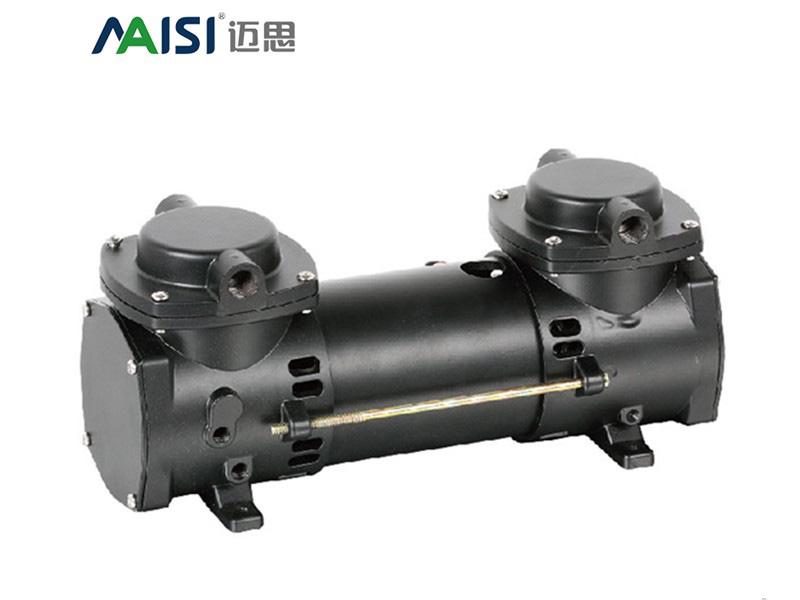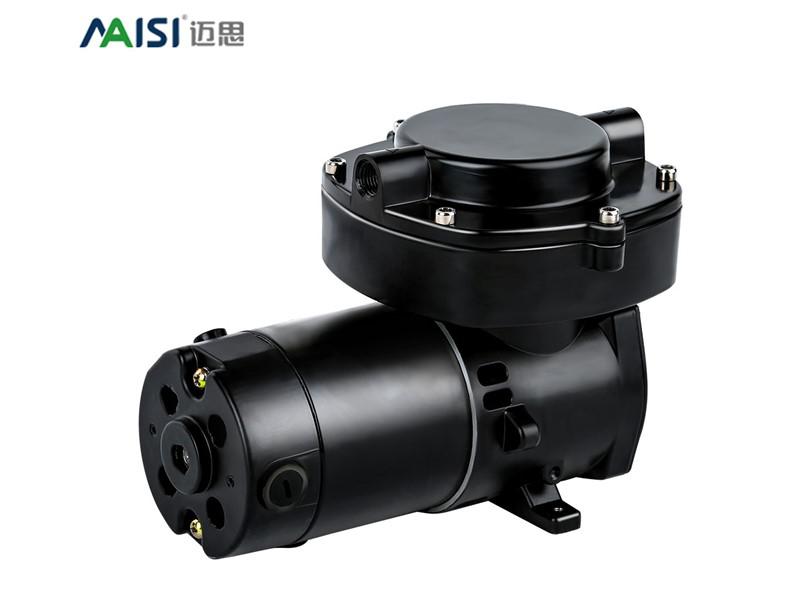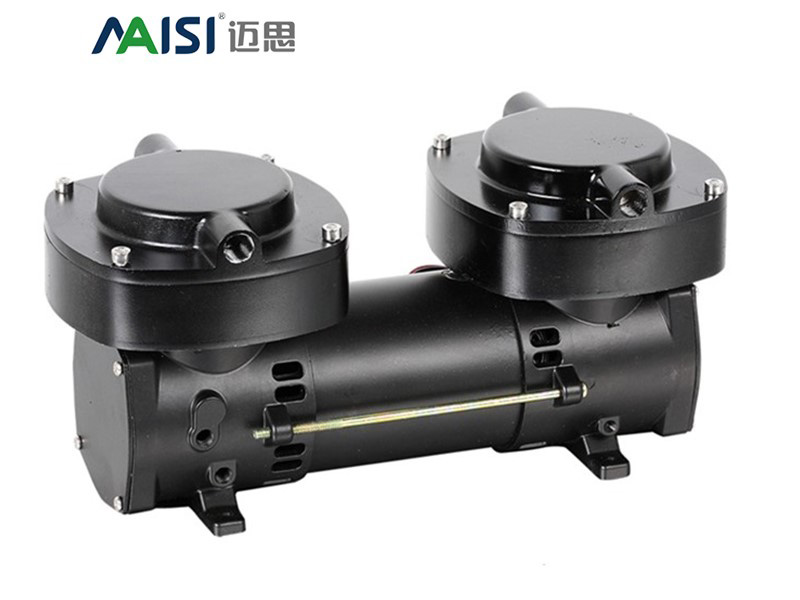Best Diaphragm Lift Pump Supplier Around You
Give your vacuum lifter a true competitive edge
Want your vacuum lifters to operate reliably, quickly, and consistently in field-based environments? Use Masi's diaphragm vacuum pumps to deliver high performance with low power consumption.
Reliable Diaphragms for Lift Pumps Manufacturer

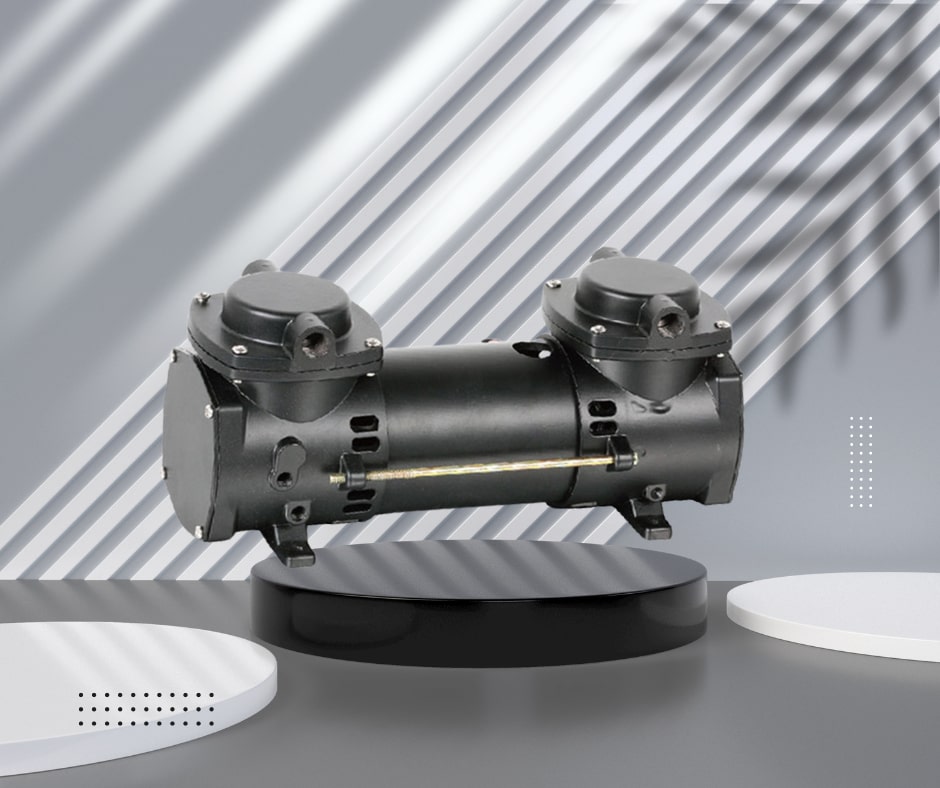
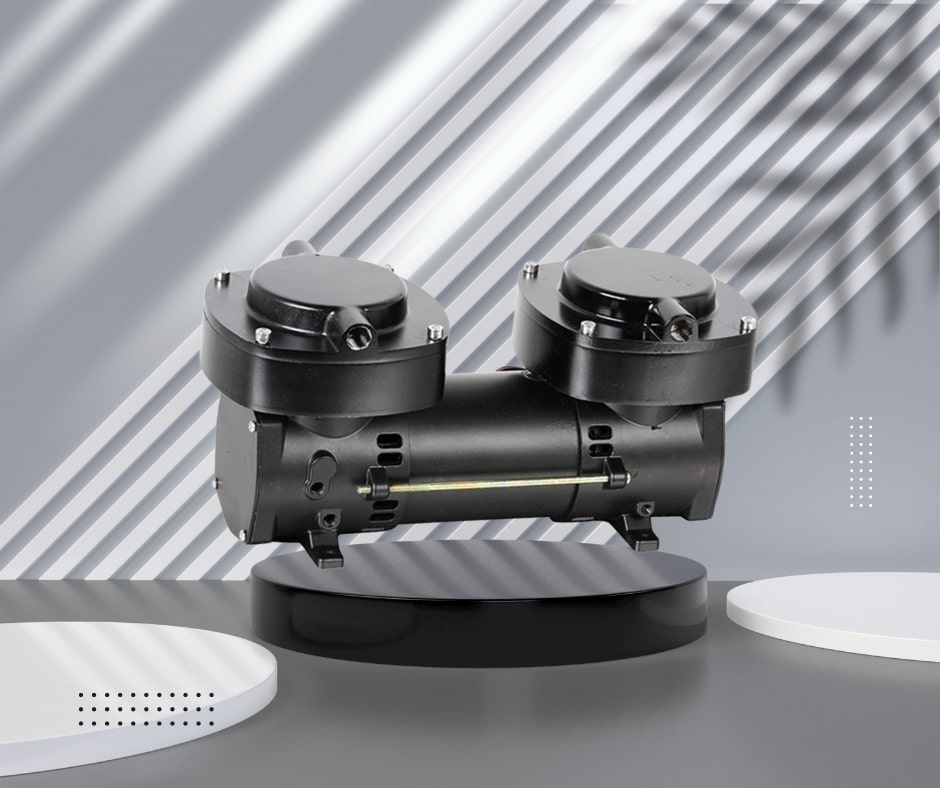
Why Choose Us



Our Certificates

FAQ
Choosing the Best Diaphragm Vacuum Pump for Your Vacuum Lift: A Comprehensive Guide
1. What is a Diaphragm Vacuum Pump?
A diaphragm vacuum pump is a type of positive displacement pump that uses a flexible diaphragm to compress and move air or gas. It operates without oil, making it an environmentally friendly option for applications that require clean and dry vacuum, such as vacuum lifts.
Diaphragm pumps are often chosen for their durability, reliability, and low maintenance, as they have no sliding parts that can wear out quickly. Their oil-free operation makes them particularly suited for industries where oil contamination is a concern.
2. Why Diaphragm Pumps are Ideal for Vacuum Lifts
Vacuum lifts rely on a steady and consistent vacuum source to function efficiently. Diaphragm vacuum pumps are the perfect match for these systems for several reasons:
- Oil-Free Operation: This reduces maintenance and the risk of contamination, ensuring clean vacuum conditions, which are critical in sensitive applications.
- Low Noise and Vibration: Diaphragm pumps typically operate quietly and with minimal vibration, making them suitable for indoor or confined environments where noise reduction is essential.
- Longevity: The absence of wearing parts means these pumps often have a longer service life compared to other types of vacuum pumps.
Their compact design, ease of installation, and energy efficiency make diaphragm pumps a popular choice for vacuum lifts, which are widely used in material handling, construction, and packaging industries.
3. How Diaphragm Vacuum Pumps Work
A diaphragm vacuum pump works by expanding and contracting a diaphragm to create a vacuum. As the diaphragm moves away from the chamber, it draws air into the pump. When the diaphragm pushes towards the chamber, it compresses the air and expels it out through the exhaust. This cyclical motion generates a continuous vacuum.
Key components of a diaphragm vacuum pump include:
- Flexible Diaphragm: Often made from durable materials like elastomers, the diaphragm is the heart of the pump.
- Check Valves: These ensure one-way airflow, preventing backflow and ensuring a smooth operation.
- Pump Chamber: Where the air is compressed and moved.
The oil-free nature of diaphragm pumps prevents the contamination of gases, making them suitable for high-purity applications, such as laboratory work, pharmaceuticals, and vacuum lifts.
4. Key Factors to Consider When Choosing a Diaphragm Vacuum Pump
4.1. Flow Rate
The flow rate, measured in liters per minute (L/min) or cubic meters per hour (m³/h), indicates how much air the pump can move. For a vacuum lift, you’ll need to ensure the flow rate is sufficient to maintain a consistent vacuum level for your load capacity. Too low of a flow rate can result in inefficient operation, while too high can be overkill and waste energy.
4.2. Vacuum Level
The vacuum level is critical for determining the pump's suitability for your specific application. Diaphragm pumps typically offer a moderate vacuum range, making them ideal for applications where ultra-high vacuum isn't necessary. For vacuum lifts, a stable vacuum level is essential to ensure safety and proper functionality.
4.3. Materials Compatibility
Diaphragm pumps come in various materials to handle different gases and vapors. It’s important to consider the chemical composition of the gas you’ll be working with. Common materials include:
- PTFE (Teflon) for chemical resistance.
- Elastomers for flexibility and strength. Choosing the right material ensures durability and prevents premature wear.
4.4. Noise Levels
For industries or environments that require a quiet operation, noise level is an important factor. Diaphragm pumps are generally quieter than other types of vacuum pumps, but it’s still important to check the decibel rating to ensure it meets your needs, especially if the vacuum lift is in a workplace where noise levels are regulated.
4.5. Power Consumption
Energy efficiency is a major consideration for any industrial equipment, and diaphragm vacuum pumps are known for their low power consumption. It’s worth comparing the power requirements of different models to find the most energy-efficient solution for your vacuum lift system.
5. Types of Diaphragm Vacuum Pumps
There are several types of diaphragm vacuum pumps, each designed for specific applications:
- Single-Stage Diaphragm Pumps: These pumps are suitable for applications where moderate vacuum levels are sufficient. They are simpler in design and generally more affordable.
- Double-Stage Diaphragm Pumps: These provide a higher vacuum level and are used for more demanding applications. They are slightly more complex but offer better performance.
Choosing between these types depends on the vacuum level and flow rate required for your vacuum lift system.
6. Applications of Diaphragm Pumps in Vacuum Lifts
Diaphragm vacuum pumps are widely used in vacuum lift systems across various industries, including:
- Construction: For lifting glass panels, metal sheets, and large tiles.
- Material Handling: For transporting fragile materials without causing damage.
- Warehousing: For lifting heavy boxes and packages.
Vacuum lifts powered by diaphragm pumps provide a safe, efficient, and reliable way to handle materials in industrial environments.
7. How to Size Your Diaphragm Vacuum Pump
Choosing the correct size for your diaphragm vacuum pump is crucial for efficient operation. Here’s what you need to consider:
- Load Weight: Ensure the pump has enough capacity to handle the weight of the materials being lifted.
- Operating Pressure: The vacuum pressure should be stable enough to lift the materials without losing suction.
- System Volume: Larger systems may require pumps with a higher flow rate to maintain adequate vacuum levels.
8. Maintenance and Durability
Diaphragm pumps are known for their durability, but regular maintenance is still necessary to ensure optimal performance. Common maintenance tasks include:
- Replacing the diaphragm: Over time, the diaphragm can wear out and may need to be replaced.
- Checking the valves: Ensure that the check valves are functioning properly to avoid backflow.
Routine maintenance can prolong the life of your pump and ensure consistent performance in your vacuum lift system.
9. Top Brands and Models of Diaphragm Vacuum Pumps
Some of the top brands known for their high-quality diaphragm vacuum pumps include:
- KNF Neuberger: Known for their reliable, oil-free diaphragm pumps.
- Pfeiffer Vacuum: Offers a range of pumps designed for industrial and laboratory applications.
- Edwards: Specializes in high-performance pumps with low power consumption.
Research the models that suit your industry and system requirements to find the best pump for your needs.
10. Conclusion
Choosing the best diaphragm vacuum pump for your vacuum lift involves understanding your system’s requirements, the pump’s specifications, and the environmental conditions in which it will operate. By considering factors like flow rate, vacuum level, materials compatibility, and power consumption, you can select the ideal pump that delivers efficiency, reliability, and long-term performance.
Whether you're upgrading an existing system or building a new one, selecting the right diaphragm vacuum pump ensures that your vacuum lift operates smoothly and safely for years to come.



